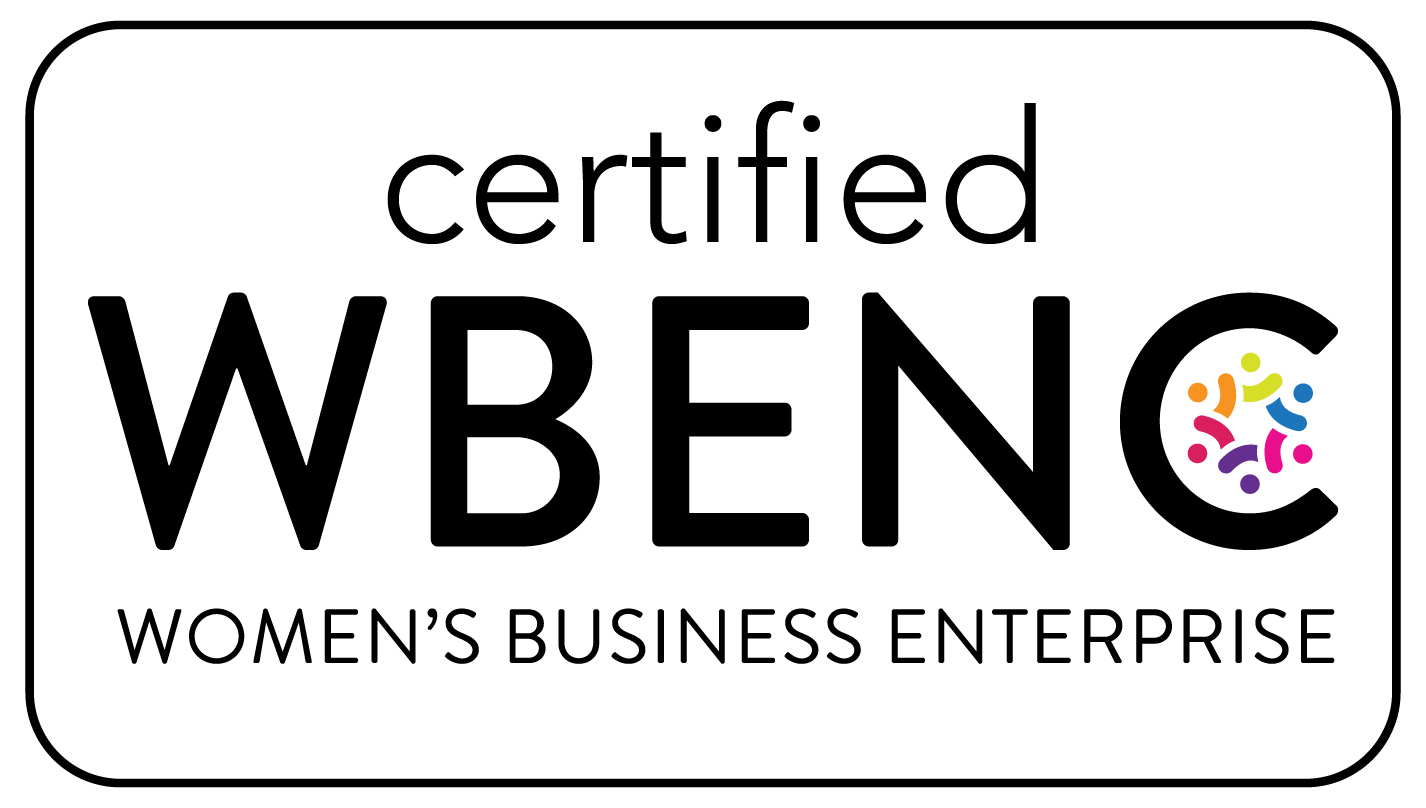Elevate Injury Prevention with Employee Engagement

Explore how employee engagement impacts injury prevention—and get tips to involve your workforce in building a safer environment.
Author: Joseph Christian
June 10, 2025
Injury prevention programs are a vital part of maintaining a safe and healthy work environment. An effective program should be closely linked with your organization’s occupational health services to help identify and address injury risk factors before they cause harm to your employees and business.
Yet, it is common for organizations to encounter roadblocks that hamper injury prevention programs from reaching their full potential. Here are some common roadblocks CAREonsite has observed in over 47 years of partnering with organizations to prevent and treat workplace injuries.
Common roadblocks include:
An organization is good at identifying risk but doesn’t have the proper resources and processes to address the injury risk. An example of this is an organization that invests in wearable technology to identify employee ergonomic issues but then fails to tie the problems identified to a proper intervention to address them.
Relying on an incomplete injury prevention program to make a difference. Oftentimes, an organization has only part of the services needed or has the services but has not effectively trained their team to use them. Whatever the case, gaps like these will damage the effectiveness of prevention efforts.
A Program has no clear benchmarks for tracking progress. If you can’t measure progress, it’s hard to know if efforts are making an impact. This often occurs when an injury prevention program doesn’t have well-defined ergonomic assessments and physical demand analysis that can act as a benchmark for progress.
A lack of medical expertise to effectively address risks. You don’t want a supervisor making decisions about injury prevention. Such decisions are best left to a qualified occupational medical professional. This problem occurs when injury prevention activities are not linked to an occupational health program that provides medical guidance on how to best intervene in injury risks.

Poor communication and employee engagement. When employees don’t feel part of a program or are unclear about what it means to them, it will be hard to get their buy-in. Your employees need to be an active part of your injury prevention solution if you want to get optimal results.
A Closer Look at Employee Engagement
In this blog, we will take a closer look at the problem of employee engagement and offer advice on how to ensure your employees are part of the solution.
One of the most common—and most overlooked—barriers to effective injury prevention is low employee engagement. Even the most well-designed safety programs can fall short if the workforce isn’t actively involved in the process.
To truly reduce injury risk, organizations must approach prevention through the lens of those most affected: front-line employees. These workers have a direct understanding of job demands, daily challenges, and potential hazards.
The best-performing programs shift focus beyond checklists and metrics to employee well-being and participation. When workers see that injury prevention is about protecting their health—not just meeting a quota—they’re far more likely to engage.
Below are five practical strategies to build stronger employee involvement and enhance the impact of your injury prevention program.
#1 Listen to Employees
Front-line employees are your best source of insight when it comes to identifying real-world risks and gaps in safety. Create structured opportunities—such as regular safety huddles, toolbox talks, and anonymous feedback channels—for workers to share concerns, suggest improvements, and voice what they need to feel safe. Ensure employees see that their input leads to action. This builds trust and shows that the organization values their expertise and firsthand experience. Listening shouldn’t be a one-time event—it must be part of an ongoing safety dialogue.
#2 Engage Employees in Injury Prevention Activities
Rather than positioning injury prevention as something that’s done to employees, reframe it as something done with them. Empower employees by inviting them to co-create solutions—whether it’s redesigning a task to reduce strain or brainstorming improvements to current workflows. Use safety walk-throughs and participatory risk assessments to bring employees into the fold. When workers feel like valued contributors to the process—not passive recipients—they’re more likely to support and sustain prevention efforts.

#3 Meet Employees Where They Are
Injury prevention efforts must be practical and relevant to the daily tasks employees perform. Tailor communications and training to the specific job roles, literacy levels, and languages of your workforce. Go to the worksite instead of relying on classroom settings or digital platforms that may not resonate. Use hands-on, scenario-based learning and keep sessions short but impactful. Meeting employees where they are also means being empathetic to their workloads and showing flexibility in how you deliver support.
#4 Provide the Resources Employees Need
Employees can’t prevent injuries if they don’t have the tools to do so. This includes everything from ergonomic equipment and proper PPE – to educational resources and access to early intervention services. Ensure that these resources are not just available but also easy to access and use. Often, a gap exists between what is promised in a program and what is realistically accessible to workers on the ground. Bridging this gap shows your commitment and encourages employees to take injury prevention seriously.
#5 Seek the Help of an Occupational Health Vendor to Drive Engagement
Your occupational health partner is more than a provider—they’re a strategic ally in creating a safer work environment. Involve them early in program design and ask them to help tailor communication and training strategies to engage employees better. They can offer boots-on-the-ground support like on-site education, risk-specific health interventions, and medical guidance that resonates with both employees and leadership. A trusted vendor can act as a bridge between clinical best practice and real-world implementation, ensuring that your injury prevention efforts stay practical, focused, and credible.
Need Advice on Injury Prevention Services?
CAREonsite has decades of experience helping businesses prevent and address workplace injuries. Explore our injury prevention services or contact us to learn how we can partner with you to elevate your injury prevention efforts.
- careonsite
- EH&S
- employee communication
- Employee Engagement
- Ergonomic assessments
- health and safety
- health and safety programs
- health outcomes
- injury management
- injury prevention
- injury prevention activities
- occupational health
- occupational healthcare
- physical demand analysis
- safety
- work-related injuries
- worker safety

